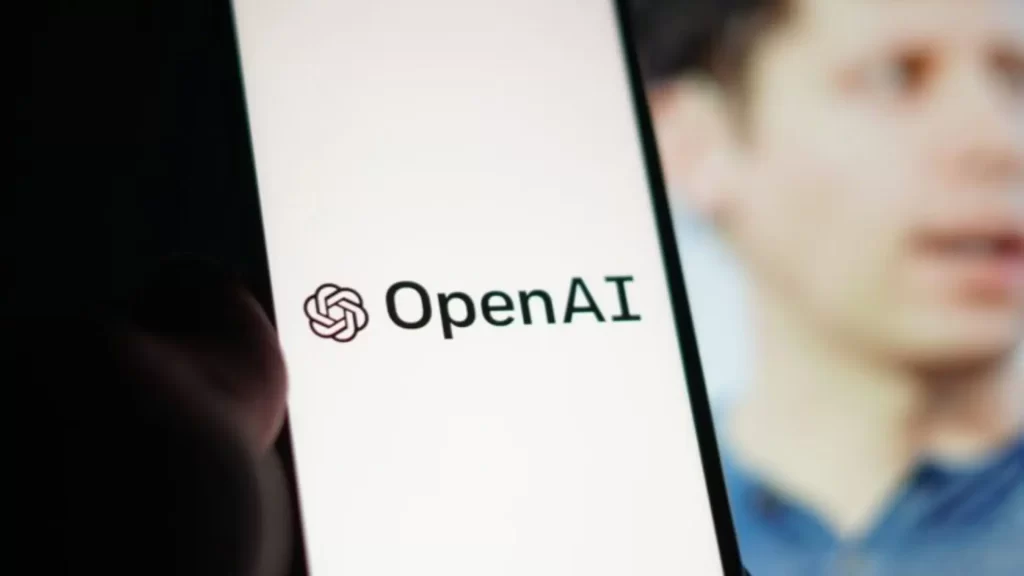With five new data centers planned in partnership with Oracle and SoftBank, OpenAI is scaling Stargate to nearly 7 gigawatts, matching the output of seven nuclear reactors. AI is no longer just code; it’s concrete, power grids, and geopolitics.
Heavy industry
Training frontier AI models consumes energy on a level once reserved for heavy industry. OpenAI’s Stargate project alone is scaling toward 7 gigawatts, equal to seven nuclear reactors. This turns electricity into the hidden currency of AI, forcing nations to rewrite energy strategies. In an era of climate urgency, the central paradox emerges: can humanity expand AI while meeting sustainability goals?
Compute as sovereignty
In the 20th century, oil pipelines and shipping lanes determined who held geopolitical influence. Today, it is compute pipelines, semiconductors, GPUs, and hyperscale data centers. The U.S. is working to secure its dominance over advanced chip design, while China invests heavily in fabrication and rare earths. The balance of power is tilting toward those who control the physical backbone of AI, not just its applications.
Corporate states rising
Tech giants are evolving into infrastructure empires. Microsoft’s Azure, Nvidia’s GPU monopoly, Oracle’s hyperscale centers, and SoftBank’s global energy projects represent more than corporate strategy, they represent sovereignty without borders. These firms influence trade deals, energy grids, and even national defense policy. In many regions, a tech CEO wields more immediate power over AI futures than elected governments.
The environmental equation
Every data center built is also a water consumer, a carbon emitter, and a disruptor of local ecologies. In towns across Texas, Ohio, and beyond, residents are grappling with whether hosting AI infrastructure means jobs, or simply costs borne by communities. The tech industry once promised a “green future,” but the AI boom is reviving old debates: how much progress is worth the environmental sacrifice?

















